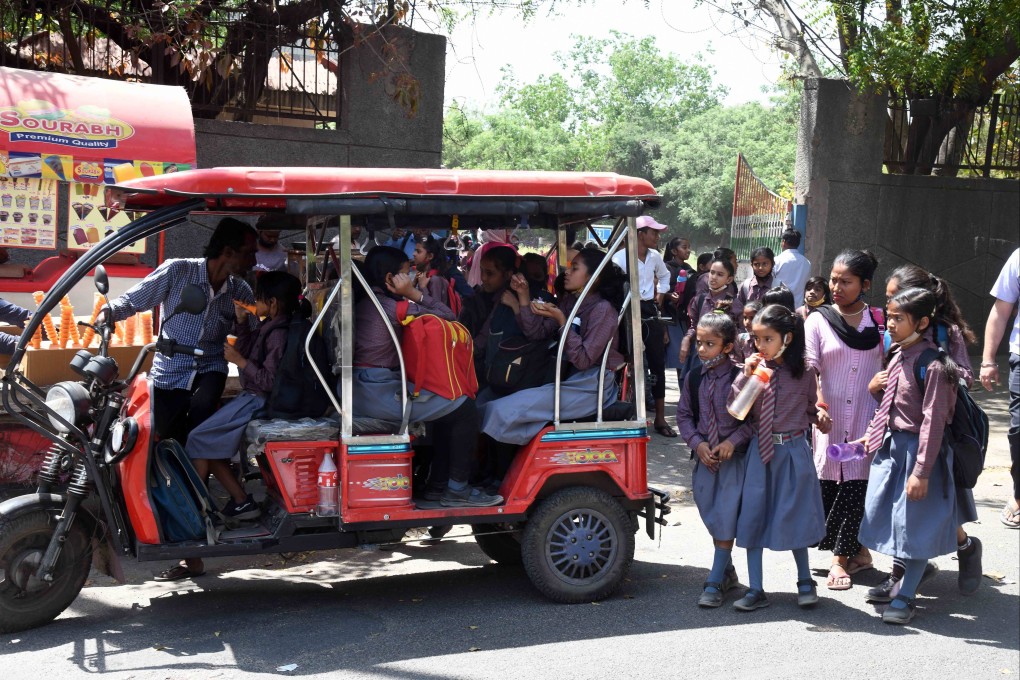Can India copy China’s demographic dividend and become a US$40 trillion economic powerhouse by 2047?
- China’s population fuelled its economic boom and in theory, India’s demographics should give it a competitive edge with inexpensive labour and large markets
- But it has to close the skills chasm gap among its young and correct the ‘reverse structural transformation’ towards subsistence employment that came about during the pandemic

Bright and engaging, 16-year-old Mahesh Sharma began delivering groceries for a busy New Delhi shop five years ago. He wanted to support his mother and younger brother after his father left the family one day and did not return.
His brother Rohit, now 13, also found a delivery job during the pandemic that shut Indian schools for two years – the second-longest closures globally, according to Unesco – and has not returned to class.
“He’s not interested,” said Mahesh.
Asked if he himself would like to go back to school, he shakes his head, grinning, then pedals off into the city’s chaotic traffic to make another delivery.

Mahesh and his family encapsulate some of the challenges facing policymakers who want to ensure India’s surging army of young workers emulates the success of China and becomes a demographic dividend rather than a “demographic disaster” and an economic drain.
A new report by the Confederation of Indian Industry (CII) says India has a three-decade “golden period” to leverage its bulging working-age population to boost growth.
